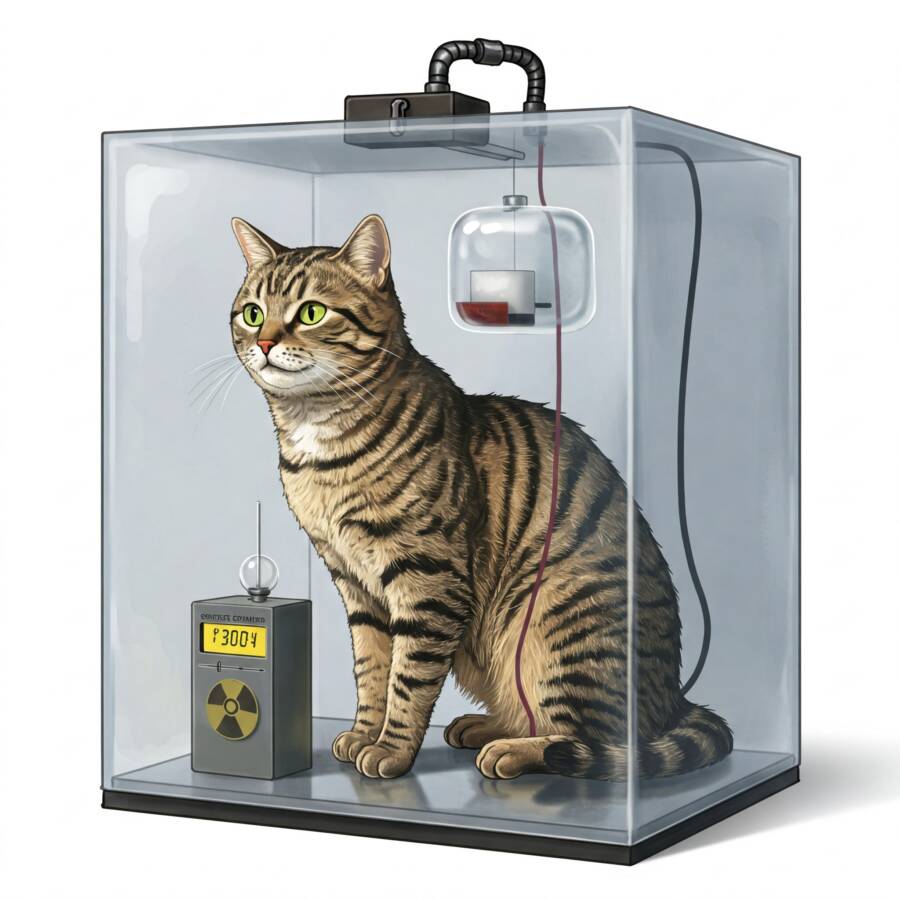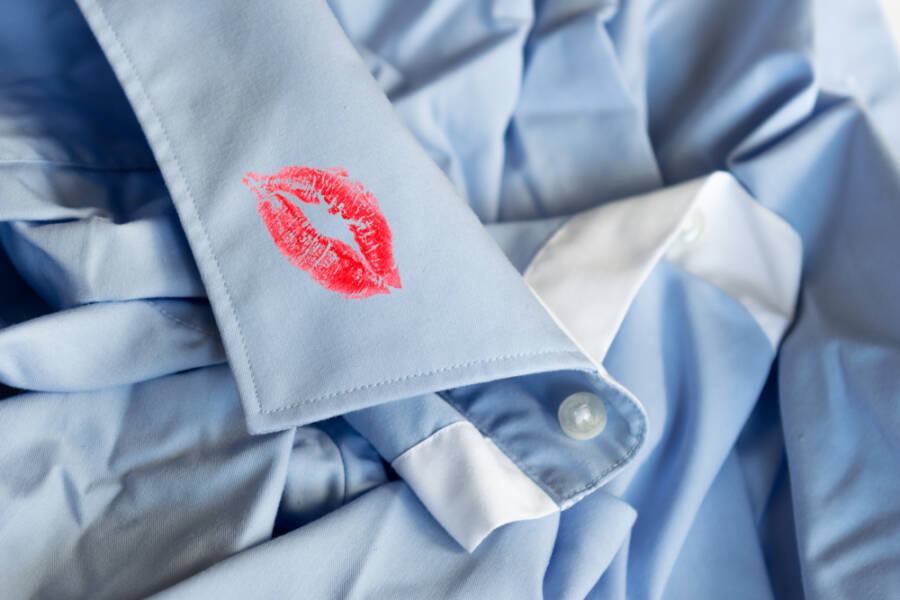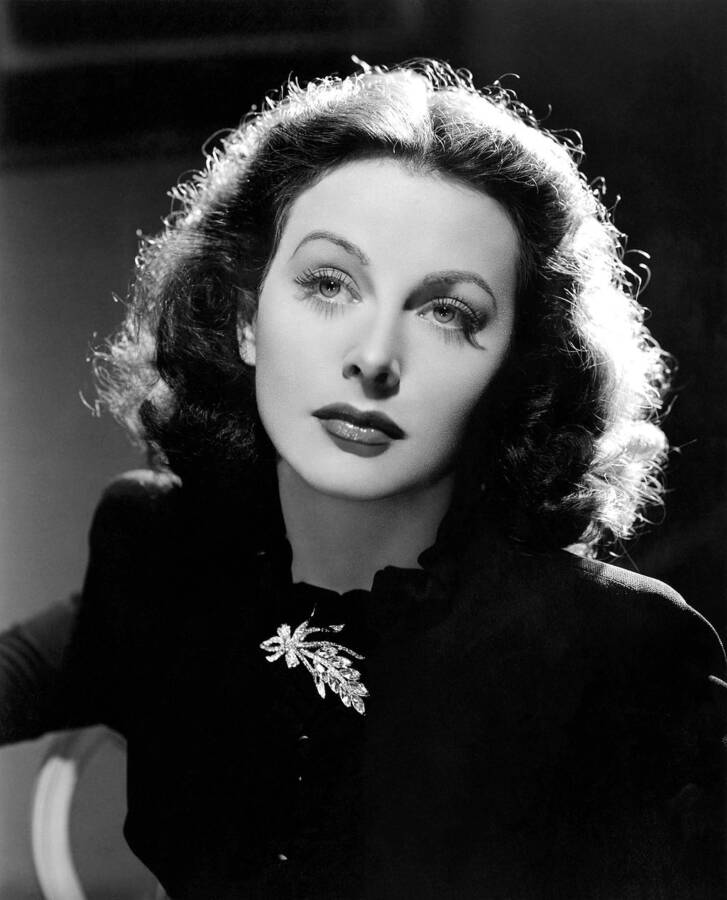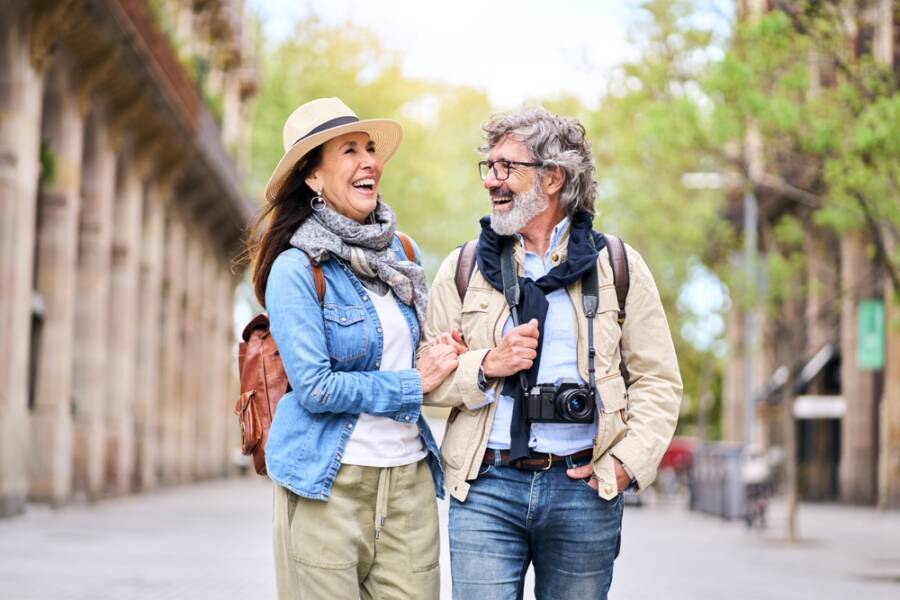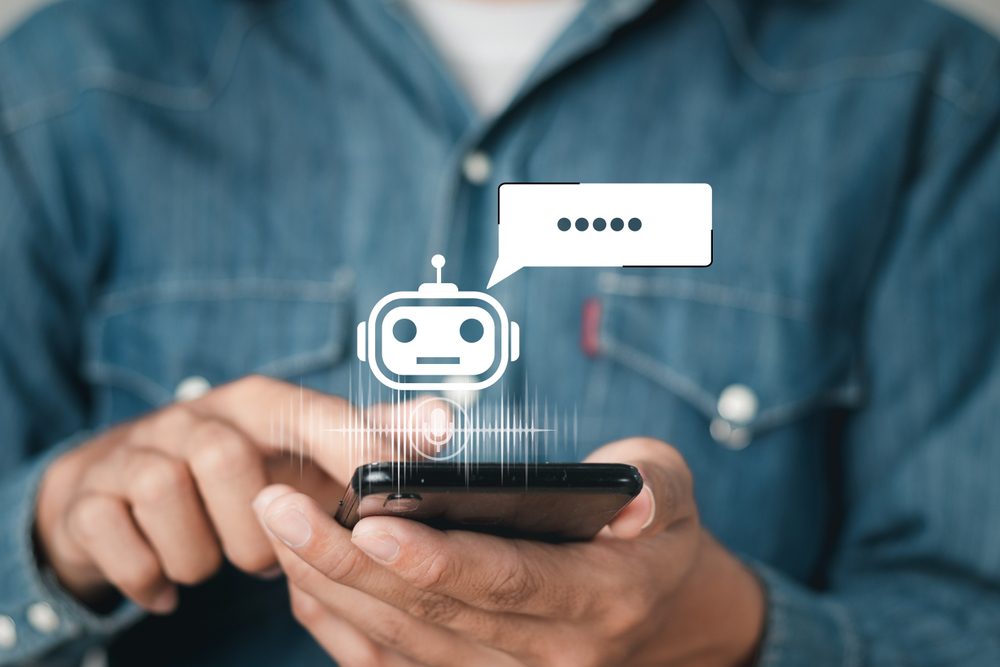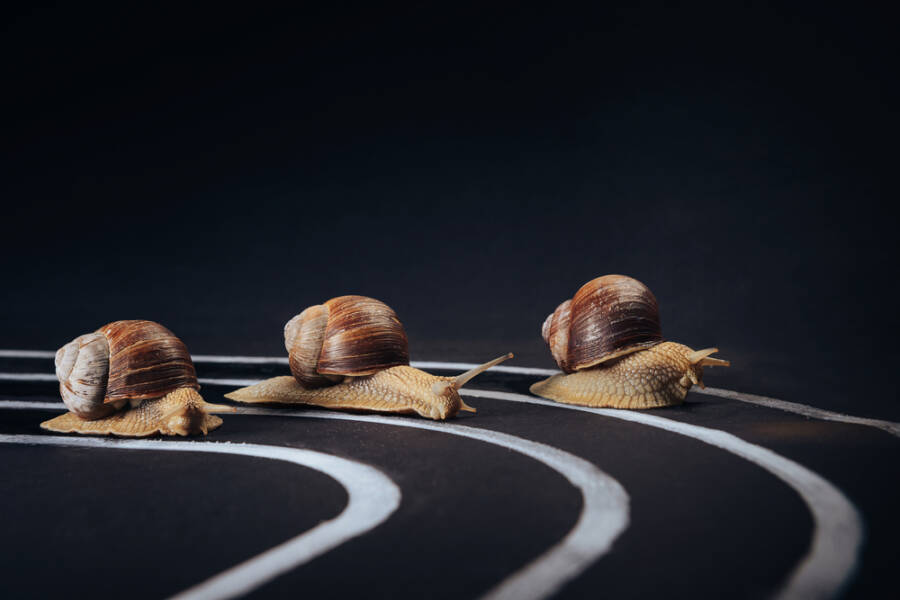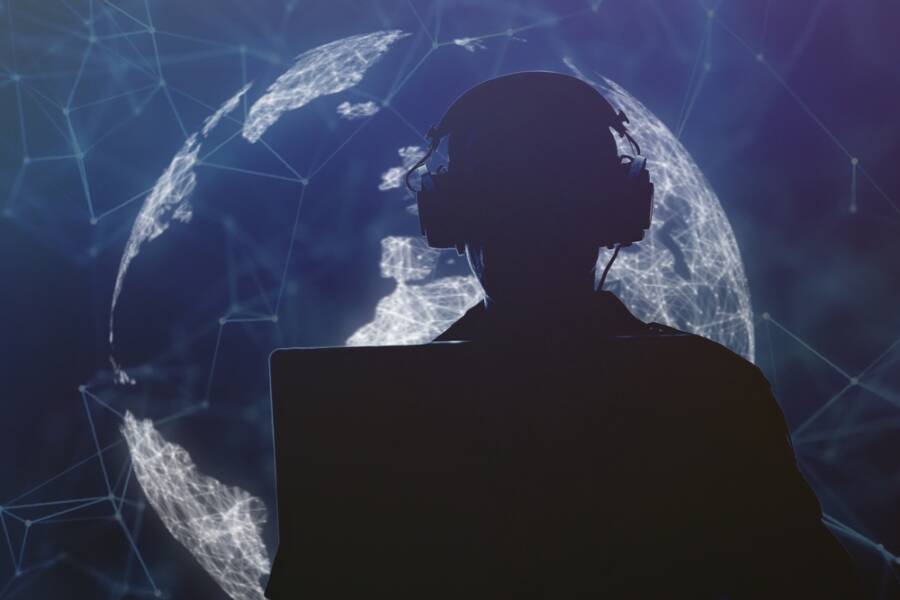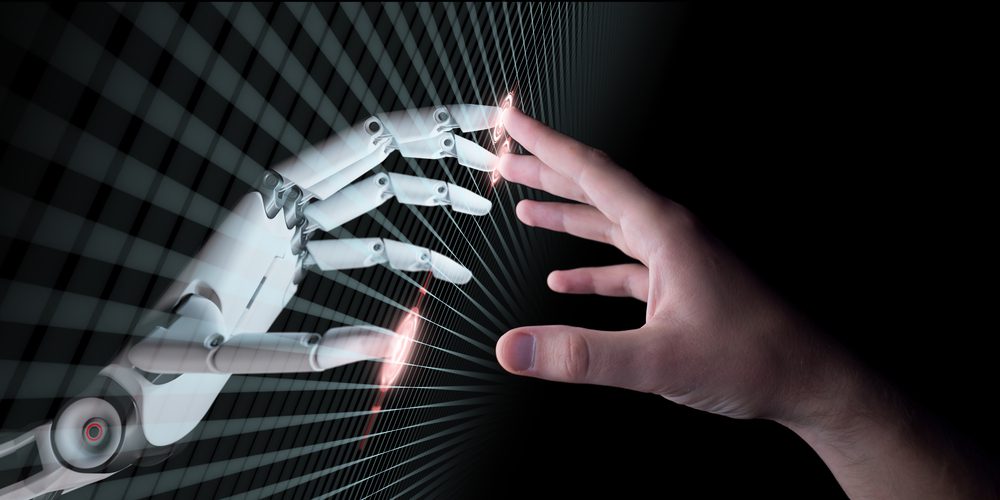How do you like your coffee?
Oh, old good coffee! Most of us drink it every morning, and we keep doing it because it makes us feel energized and more than ready to start a new day. But do you believe you know everything about coffee?
There are many coffee myths out there, and there is a high chance that you might not be aware of them. Now, don’t imagine that we are talking about big conspiracy theory stuff. Not at all. There are basic things about coffee that most of us simply don’t know, many times because we’re not properly informed.
Almost every nation, region, and culture has its own special style of making and drinking coffee. And as simple as it may appear, this beverage is rather complex. It is no wonder that there are actually a bunch of people who can wholeheartedly declare that making coffee is their passion.
So, are you ready to find out more about the most common coffee myths? Ready to be surprised?
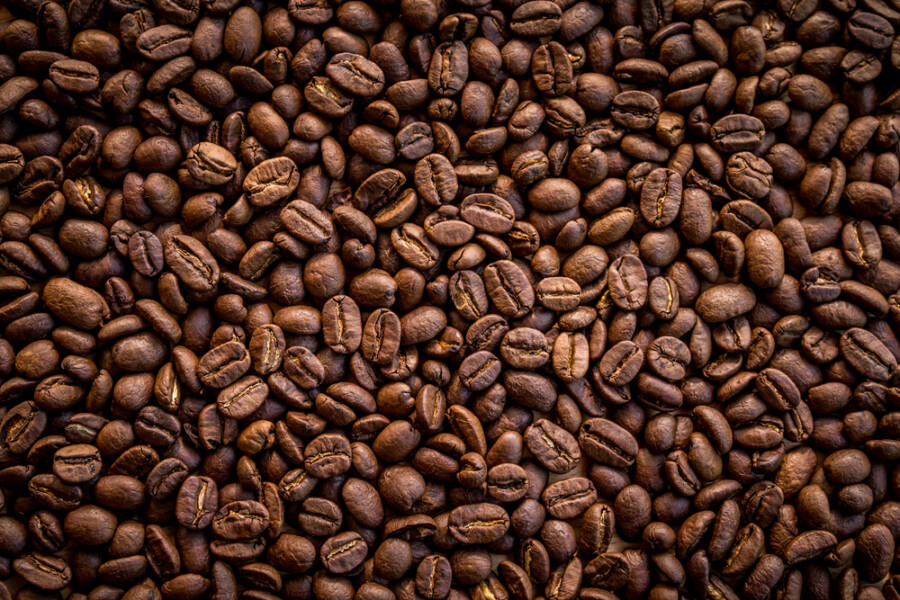
Dark roasts have more caffeine
Since the beginning of the modern coffee industry, the group of coffee lovers has been divided into two big groups: those who prefer dark roasts and those who are more eager to drink a light roast. There is also the medium roast, but nobody really talks about it.
For years, people have assumed that a bold, dark cup of coffee means more caffeine. But is this true, or is this just one of the old coffee myths that needs to be discussed as soon as possible?
Some people say that a coffee with a stronger taste means a coffee that will make you feel more energized. In reality, this is not actually true. Darker roasts don’t have more caffeine when compared to their lighter roast counterparts. Even more, the contrary might be more true: the longer a coffee bean is roasted, the more caffeine it loses.
At first, your coffee is just some green beans. Then, after they are harvested, the manufacturer roasts them, and this is how we get that wonderful coffee flavor we all love and crave.
Light roasts, often called “blonde roasts,” are roasted for less time. Because they don’t stay in the heat as long, they retain more of their natural caffeine. Then we have dark roasts such as French or espresso roasts. They go through a longer roasting process, and the heat has more time to break down some of the caffeine compounds, resulting in less caffeine per scoop.
And by the way, “espresso beans” aren’t a special type of bean. The term just refers to the grind; espresso needs a finer grind and is brewed differently. The beans themselves? Just your everyday coffee.
Coffee stunts the growth of children
There is a chance that you’ve heard one of the coffee myths: that this “magical” drink is stunting the growth of kids or even adults. But this is not true. There’s zero medical evidence to support the idea that coffee does this. Zero evidence!
What is even more interesting is that some voices say that this myth started as a marketing ploy. According to the Smithsonian, cereal boss C.W. Post may have invented the idea in the early 1900s to promote his coffee alternative, Postum.
Ok, ok. So, according to this, coffee is completely fine for kids? Actually, that’s not entirely accurate. Yes, drinking it will not stop them from growing healthy, but the American Academy of Child and Adolescent Psychiatry recommends that caffeine be avoided by all kids under the age of 12.
Health authorities in Canada and Europe, on the other hand, are a little more tolerant. They give advice based on how much a person weighs, saying that toddlers and adults can safely have up to 3 mg of caffeine per kilogram of body weight.
What is important is that there are a lot of coffee myths that are completely wrong and might make you think that coffee is bad, when in reality, this is a drink that can have some unique health benefits if you consume it in moderation.
Why “European coffee” isn’t actually European
Let’s say that you find a new fancy coffee and you are curious about its origins. You start inspecting the package and try to figure out where this new coffee comes from. After turning it on all sides, you finally find what you were looking for. The label says “made in France.”
You stop for a second and ask yourself, “Wait. Is there coffee made in France”? This is a very good question that many should ask themselves more often, especially if they love to drink coffee.
The truth is that there is no European coffee. This is one of the coffee myths that many start to believe just because they read a piece of info on a random package. Coffee doesn’t grow in Europe. It thrives in tropical regions like Central and South America, parts of Africa, the Arabian Peninsula, and some parts of Asia and the Pacific. So that fancy bag labeled “Italian coffee” probably means it was roasted in Italy, not grown there.
The process of roasting is probably the most important step when it comes to good coffee. This is what brings out the flavors in coffee, and even more interesting is that those flavors start breaking down pretty quickly after roasting.
This is exactly why some coffee makers prefer to buy the beans raw and then roast them themselves. If you’re buying beans roasted halfway across the world, they’ve likely spent weeks in transit, slowly losing the very freshness and taste you’re paying a premium for.
So, want your coffee to taste amazing? Skip the imported roasts and shop local. This is the best advice we can give you! Or you can roast it yourself.
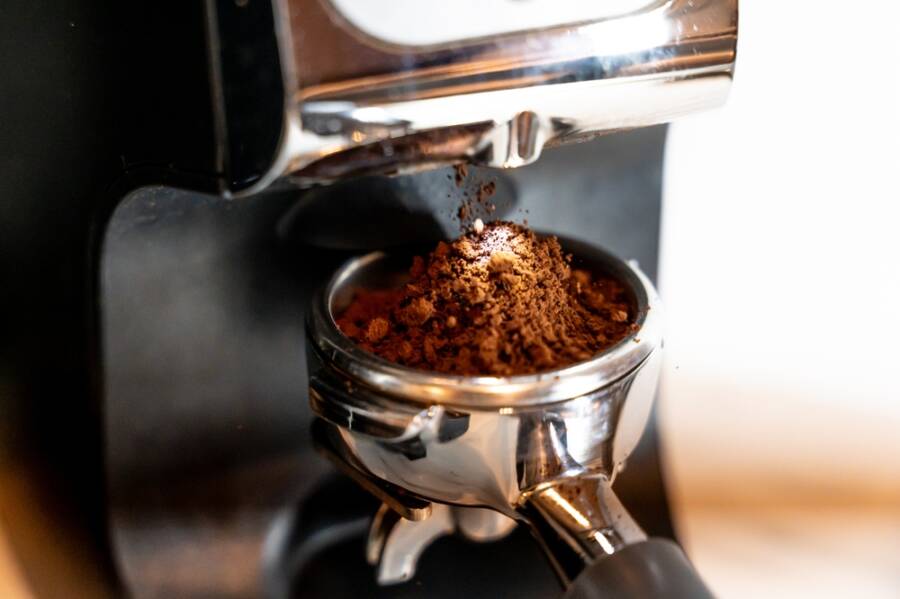
Coffee is a bean
Here’s a fun fact that might blow your mind: coffee isn’t actually a bean. Yep, considering the name, you should have said that coffee is a legume, just like kidney or black beans. But this is not the case. There are some coffee myths we should stop spreading, and this is a clear example.
If we look at it through a more technical lens, we can say that coffee is a seed. More specifically, it is the pit of a small red fruit, often called a coffee cherry. When harvested, this fruit is peeled away to reveal what we know as a green coffee “bean,” which only looks like a bean because of its shape. So, the name is more of a linguistic shortcut.
These green seeds are the ones that get roasted and then make our mornings perfect. But once they are roasted, they can no longer be planted. Roasting changes their internal structure, making them unviable for growing new plants. Even if you somehow got your hands on an unroasted green coffee seed, growing your coffee is a serious commitment.
Next time you buy yourself a nice latte, take a second and remember that your beverage is made out of the roasted seeds of a tropical berry. Incredible, right?
Are you happy? This is a hard question, but science can help you get an answer: The Truth About Happiness: 6 Scientific Things You Didn’t Know About It


